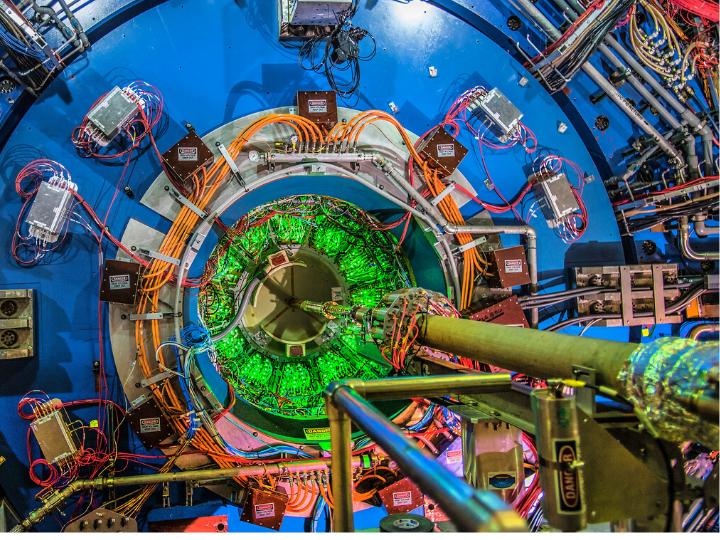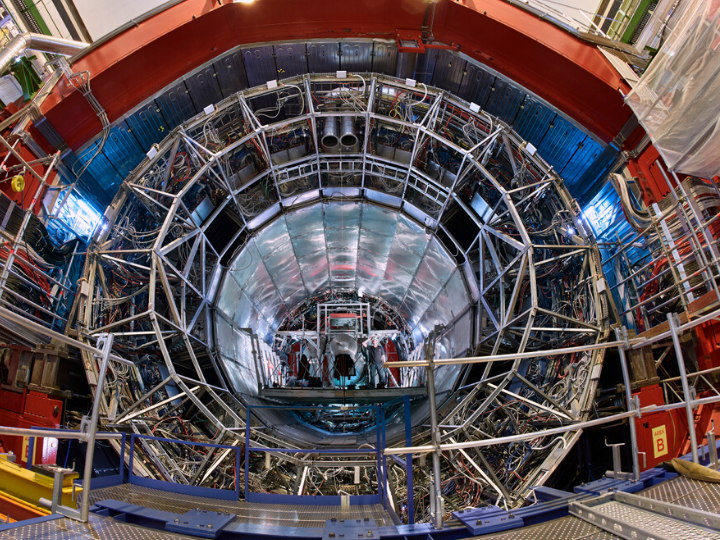


A few microseconds after the Big Bang nearly 14 billion years ago, researchers theorize, the universe transitioned from a hot, dense soup called quark-gluon plasma to neutrons and protons. These particles make up the universe we know today, but only account for 5% of matter needed to understand all measured cosmic signals. The remaining 95% is the matter we don't see, known as "dark" or "strange" matter.
Rene Bellwied, M.D. Anderson Chair Professor of Physics at the University of Houston College of Natural Sciences and Mathematics is searching for that elusive strange matter to understand what role it played, if any, in the evolution of the universe. Scientists have long hypothesized that strange matter exists in the core of neutron stars, the smallest, densest stars in the galaxy.
"At the beginning of the universe, you had an enhancement of strange quarks which had to go somewhere," said Bellwied, who leads the UH Relativistic Heavy Ion Group. "They aren't really necessary for life as we know it, but they form a different state of matter that might have interesting implications for the distribution of mass in the universe."
Funded by a $2.3 million grant from the U.S. Department of Energy, Bellwied is collaborating with Anthony Timmins, associate professor of physics and Lawrence Pinsky, Moores Professor of Physics, to figure out how the transition from plasma to existing matter occurred.
The team will work with scientists all over the world to gather data from two large scale international experiments: STAR, a detector measuring low-energy, high-density collisions from the Relativistic Heavy Ion Collider (RHIC) at Brookhaven National Laboratory in New York; and ALICE, a detector measuring high-energy, low-density collisions from CERN's Large Hadron Collider (LHC) in Switzerland.
"Strange quarks are unique type of quarks. If they can exist as metastable in the core of neutron stars, then we should be able to measure the formation of strange clusters during the phase transition from plasma to existing particles with these experiments," Bellwied explained.
In 2017, Bellwied's group reported in Nature Physics that collisions between protons in the ALICE detector emitted enhanced levels of strange quarks. Prior to that, the group had discovered quark-gluon plasma in gold-gold and lead-lead collisions at RHIC and the LHC.
The UH team is also involved in recent upgrades to the ALICE detector and hopes that improvements to both detectors will give them even better readings to better understand the universe.






